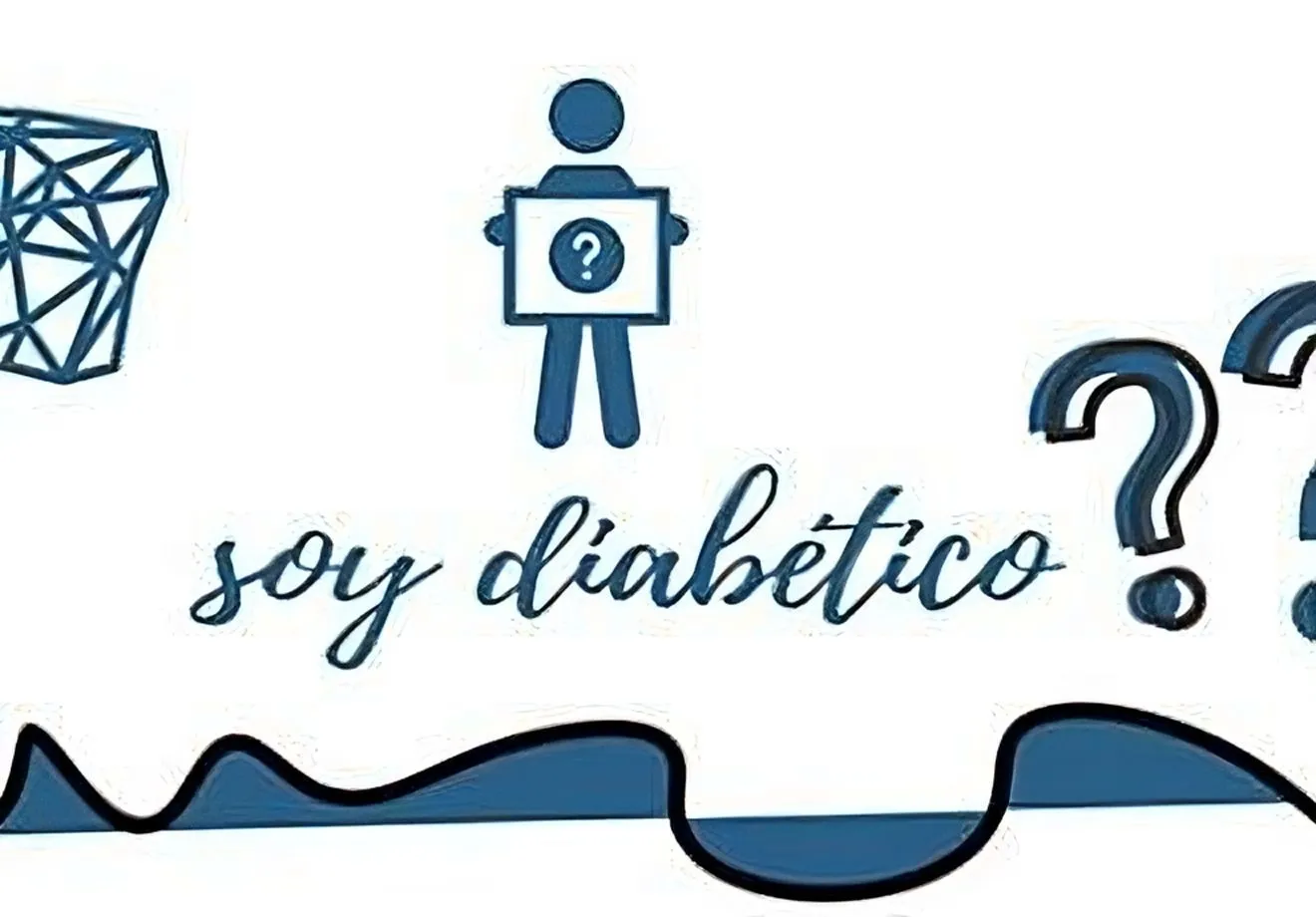Diabetes has increased in an amazing and alarming way to become one of the most widespread diseases in the world.As explained by family doctor Rodrigo Abad, only in Asturias there are around 140,000 people suffering from the disease, and the most worrying thing is that many of them, around twenty percent, do not know.Likewise, the prevalence increases with age, so that between those over 60 it is 20 percent.
Diabetes is a metabolic disorder related to the alteration in which the organism assimilates and uses glucose as the energy of our cells.There are three varieties.Type 1, which can be multifactorial and genetic, viral or autoantibodiesnot sufficient insulin;Type 2, the most widespread, in which the pancreas does secrete insulin but this is ineffective, and gestational, suffering by some pregnant women and usually disappears after childbirth, although over time, a few years later, also ahigh percentage end up being type 2 diabetic.
Here we will talk about type 2 diabetes, because it is the most widespread and, also, that which can best be avoided by adopting good habits.This diabetes has grown alarmingly due to the change in population habits.First, because of sedentary lifestyle.It is increasingly numerous people who do not exercise enough to maintain their good health.Secondly, it is due to overweight or obesity.If these bad habits begin at early childhood, diabetes may appear at very early ages, there is even some described case from eight or ten years.Overweight is usually caused by poor hypercaloric fast -based food, with trans fats, pre -cooked products and sugary drinks.With these bad habits, diabetes can appear at any age, and it is usual to find cases from adolescence to old age.
Normally, as Dr. Abad explains, "we have a certain load of sugar that, thanks to insulin, we maintain controlled."However, certain people who abuse sedentary life and enter overweight, “have insulin in their pancreas but there is what is called insulin resistance: the organism accumulates too much glucose in the blood and consequently does not reach the cells;It is an effective insulin, ”he says.
One of the main problems of diabetes is that it initially does not give symptoms, it does not manifest and the patient is not aware of the changes he is suffering.Alterations are produced at different levels of the organism but take time to become evident, and on many occasions, when they manifest, it can be too late.This is the case of the so -called Cardinal Clinic, in which the patient, without knowing until then that he suffered the disease, appears with three symptoms that make it evident: polyuria, or excessive desire to urinate;Polydipsia, or the excess of desire to drink, and polyphia, or excess eating earning accompanied by weight loss.When the patient reaches that extreme, if not the disease is, in due time, he can suffer very serious ailments such as blindness, renal failure, angina of chest or myocardial infarction, stroke and amputation of the lower limbs.
Different issue is when it is diagnosed in time: when prediabetes appears - an incipient stage of the disease in which blood sugar levels are above normal but the metabolic disorder has not yet been consolidated - or when the appearance of the appearance of theDisorder is very recent.In these cases, if the patient is for the work and changes theireating habits and prevents sedentary lifestyle, and this is joined by the administration of medicines such as metformin - which helps regulate blood sugar level - can have a very good quality of life.
The diabetic needs to have control over its cardiovascular risk factors.It must monitor blood pressure and cholesterol, and recover good habits, such as healthy eating and exercise.All this to maintain adequate sugar levels.
Diabetes is controlled by family and endocrine doctors through two parameters that they ask for in a blood analysis that must be done on an empty stomach: the so-called basal glycemia, which is normal between 70-100 mg/dl, and glucosylated hemoglobin, which isA parameter that measures how sugar is in the last 3 or 4 months (which is considered normal to 5.7 percent).If this glucosylated hemoglobin is between 5.8 and 6.4 percent, we talk about prediabetes.
When do you begin to diagnose diabetes patients?The diagnosis can be made when basal blood glucose in two analyzes, on different days is greater than 126 mg/dl or has more than 200 mg/dl in a single day, or a glucosylated hemoglobin of more than 6.5 byhundred.
For proper diabetic control, an analytical must be done every six months (two annual analytics) because glucosylated hemoglobin measures the sugar of the last three or four months.
What most worries the toilets is that many people do not know that they have diabetes and, consequently, do not take the measures to stop their effect.It is a underground evil that can lead to serious problems and affect the quality of life when it is too late.Therefore, it is necessary to convince the population to have good habits and worry something more about their state of health.
Type 2 diabetes can be prevented with lifestyle.Good habits are fundamental to avoid it.
First, end sedentary lifestyle.Walking at a good pace is a highly recommended exercise.Moderate exercise is at any age, and helps prevent the appearance of diabetes.«We have abandoned healthy habits.People are much more sedentary, do not move, and physical activity is related to blood pressure, sugar levels, weight and reduction of bad cholesterol and good elevation, ”explains Abad.Hence the importance of recovering these habits.
As for food, the optional regrets that the Mediterranean diet is increasingly disused.«By abandoning the Mediterranean diet in Spain we have doubled in the last 25 years the amount of diabetic adults».Instead, processed meals and gasified drinks proliferate, which usually carry large amounts of sugar.Many times, these meals and drinks are sold in vending machines in places where, in principle, they do not seem highly recommended that they are in places such as schools and hospitals.Instead, you have to eat fresh products: more fruits and vegetables and more fish than meat.It also recommends that you choose low salt, since "everything salty conditions an increase in arterial hypertension, which is very harmful to diabetics."
We must all be responsible, try to take care of our quality of life is not diminished by diabetes.In most cases, the simple act of improving habits makes the disease not appear.Just to avoid its harmful effects, it is worth the effort.The problem is that bad habits do not produce pain or visible damage in the short term: they become a silent enemy of health that, when it emerges, can give many problems.
And then is how each person faces the disease once it is diagnosed.Abad is clear: «Politicians speakMuch of empowerment, and I believe that the patient must be responsible for his illness, he has to make an effort to have a correct food and avoid sedentary lifestyle, he has to put that on his part, because only with taking a pill is not worth it ».
It is also very important that patients have support throughout their environment, both families and the team of the primary care area that correspond to them.This support is essential to integrate them into a change in attitude that helps improve their health.An education, learning is needed, that everyone appreciates the value of taking care of themselves.
The care starts for oneself, and we are all in time to start pampering our own body.




